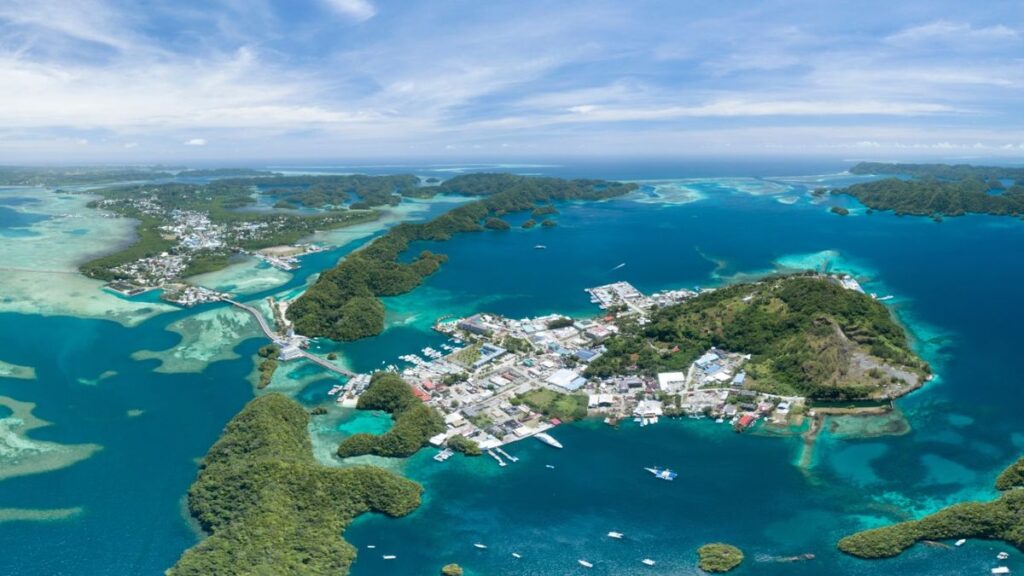Oceania’s Travel and Tourism Sector Poised for Remarkable Growth by 2034
A recent analysis from the World Travel & Tourism Council (WTTC) reveals that the travel and tourism industry in Oceania could inject an astounding $112 billion into the local economy by 2034, bringing its total contribution to approximately $336 billion. Titled “Unlocking Opportunities for Travel & Tourism Growth in Oceania,” this report was presented at WTTC’s 24th Global Summit held in Perth, Western Australia, in partnership with VFS Global.
Economic Impact and Employment Forecasts
The findings highlight that this surge would facilitate the creation of around 1.1 million jobs, increasing employment linked to travel and tourism to a total of 3.5 million by 2034. The WTTC emphasizes that Oceania—comprising regions such as Australasia, Melanesia, Micronesia, and Polynesia—has significant potential to emerge as a leader in sustainable tourism practices.
Essential Steps for Enhancing Potential
To realize these economic benefits and social advancements, several critical strategies are proposed:
- Investing in sustainable infrastructure aimed at combating climate change while improving regional accessibility.
- Enhancing air transport networks.
- Streamlining visa application processes.
- Advocating for eco-conscious tourism initiatives that prioritize Indigenous community welfare.
Unlocking Billions: How Oceania’s Travel and Tourism Sector is Set to Transform the Region’s Economy
Overview of Oceania’s Travel and Tourism Industry
The travel and tourism sector in Oceania encompasses a range of activities, from leisure travel to adventure tourism. As one of the fastest-growing sectors in the region, it is projected to create millions of jobs and generate significant income.
- The region includes countries like Australia, New Zealand, and several Pacific Island nations.
- Tourism contributes around 10% of Oceania’s GDP.
- Pre-pandemic, Australia welcomed 9.3 million international visitors in 2019 alone.
Economic Impact of Tourism in Oceania
The report calls for an inclusive policy framework that includes expanding airport capacities and advancing renewable energy projects within tourist infrastructure. It also stresses efficient visa processing as vital for fostering hassle-free travel among Pacific islands.“Oceania stands on the brink of an extraordinary opportunity to elevate its travel industry not only toward economic prosperity but also as a benchmark for sustainable practices,” stated Julia Simpson, President and CEO of WTTC. She emphasized the need to bolster investments in resilient infrastructures against climate challenges while supporting Indigenous populations to position Oceania at the forefront of environmentally friendly tourism industries.Sustainability: A Cornerstone of Future SuccessThe document highlights sustainability as pivotal for ensuring long-term viability within Oceania’s tourism market. It advocates developing eco-friendly facilities alongside renewable energy options designed to appeal to environmentally aware travelers while minimizing ecological footprints. Furthermore, promoting Indigenous-led touristic experiences is recognized as crucial not only for offering genuine cultural engagement but also ensuring local communities directly reap benefits from tourist expenditures.Future Projections: A Positive Outlook Looking ahead, it is projected that by late 2024, Oceania’s travel sector will surpass pre-pandemic levels by an impressive rate of 16.5%, reaching total revenues around $224 billion. Employment figures related to this sector are expected to exceed those recorded prior to COVID-19 by up to 4.8%, employing approximately 2.3 million individuals across various roles within it.Nevertheless, international spending from visitors is forecasted still lagging behind pre-COVID statistics by about 4%, with a complete recovery anticipated no sooner than 2025.
| Year | International Visitors (Millions) | Tourism Revenue (Billion USD) |
|---|---|---|
| 2019 | 9.3 | 45.3 |
| 2020 | 4.9 | 15.5 |
| 2021 | 1.8 | 6.1 |
